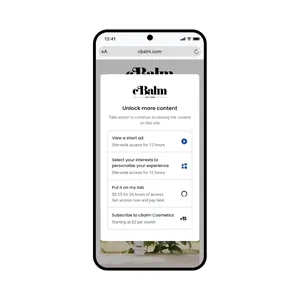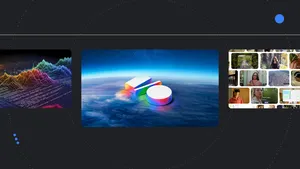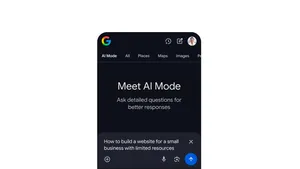Grow your business faster with machine learning: Part II
Last week at the Consumer Electronics Show, we learned about today’s more empowered consumer. They're more curious, demanding and impatient than ever before, and expect assistive experiences everywhere–like checking in and unlocking their hotel room using their smartphone.
Meeting these rising consumer expectations is critical. Over the next two weeks, we’ll explore some of our favorite AdWords products and show how machine learning is enabling brands to meet those expectations, while saving time and improving performance.
Applying machine learning in AdWords
Campaign management involves time-consuming tasks. Rather than manually adding thousands of keywords or individually testing headlines to see which ones work best, you can train Google’s machine learning platform to do it for you.For example, you might’ve had new products added to your inventory or more content added to your website recently. Dynamic Search Ads would see this and automatically fill gaps in keyword coverage to help you reach people who are searching for those new products and services.
Or to show relevant ads that fit anywhere across the millions of sites in the Google Display Network, you can upload more creative assets to your Smart display campaign and automatically show relevant ads to the right people. Machine learning makes all of this possible.
Changing the app game
For app developers and marketers, we know competition is fierce: the number of developers with more than 1 million monthly installs grew by 35% year over year.1 There are more apps and experiences competing for your users’ attention and dollars than ever before. This is another area where machine learning is changing the game.Universal App campaigns (UAC) enable brands like Rappi, a delivery service in Latin America, to reach their most valuable users across Google Play, Search, Display Network, and YouTube with a single campaign.
Rappi uploaded as many creative assets as it had, allowing Google’s machine learning platform to rotate each asset, understand which ones perform best across each channel, and show the ads that users are most likely to engage with. After only one month, Rappi’s conversion rates grew by 10X, and the brand expanded into Brazil, Mexico and Argentina.
Rappi uploaded as many creative assets as it had, allowing Google’s machine learning platform to rotate each asset, understand which ones perform best across each channel, and show the ads that users are most likely to engage with. After only one month, Rappi’s conversion rates grew by 10X, and the brand expanded into Brazil, Mexico and Argentina.


AutoGravity, an auto financing company, reached tens of thousands of car buyers and increased user engagement by 120% in only 5 weeks. The brand plans on increasing UAC investment by 200% to reach more of its highest-value users, people who are most likely to receive credit ‘approval’.

AdWords then looks at people who have completed your selected action, like ‘approvals’, and those who haven’t, as well as user signals that are unique to each auction. Device type, operating system, network, apps they already have, and other signals create patterns that help identify high-value users. These patterns are used to predict future auctions, where and how to bid, and what ads to show and to whom.
Using machine learning, brands are not only delivering better performance at scale, but they’re also unlocking their most precious resource: time.
Paul Teresi, Growth Executive at Skyscanner, a travel app, says he’s been able to save a lot more time thanks to UAC. “Now, I can focus on truly understanding our users, metrics, and discovering growth and expansion opportunities necessary to keep us ahead of the curve.”

To learn more about how Universal App campaigns can help you reach your most valuable users, take our new education course.
Next week, we’ll conclude our journey with a look at how machine learning is being applied to bid optimization, including an interesting case study from Google’s in-house media team.




